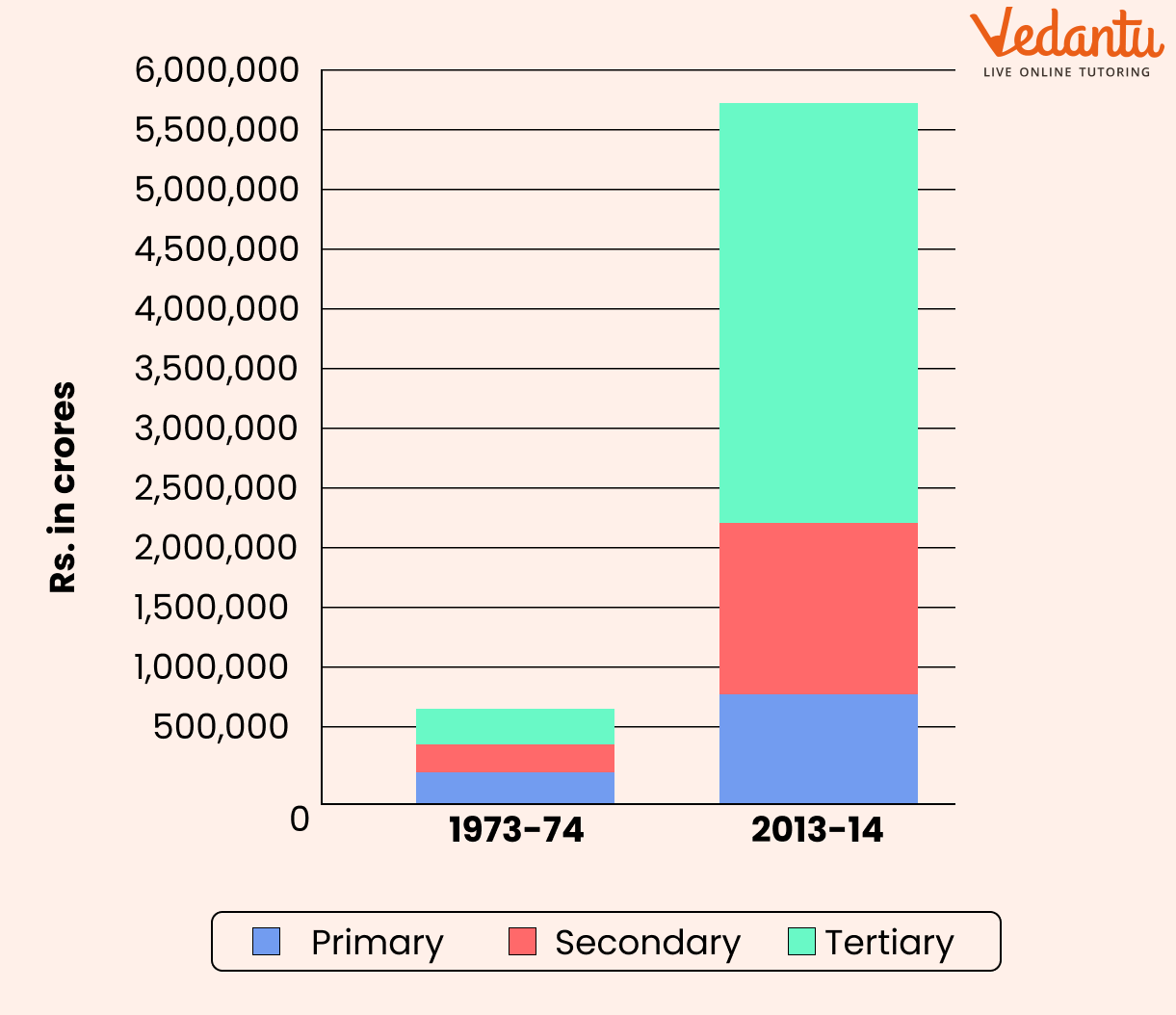Social Science Economics Notes for Chapter 2 Sectors of the Indian Economy Class 10 - FREE PDF Download

FAQs on Sectors of the Indian Economy Class 10 Social Science Economics Chapter 2 CBSE Notes - 2025-26
1. What are the three sectors of the Indian economy covered in Class 10 notes?
The three sectors explained in sectors of Indian economy class 10 notes are the primary sector (agriculture and related activities), secondary sector (manufacturing and industry), and tertiary sector (services).
2. Why is the study of sectors of the Indian economy important for Class 10 students?
Understanding the sectors of the Indian economy helps students learn how different economic activities are classified, their contribution to national income, and their role in the country's development.
3. What topics are included in the Class 10 sectors of Indian economy notes PDF?
The class 10 sectors of Indian economy notes PDF covers key topics like classification of sectors, comparison between organized and unorganized sectors, formal and informal sectors, and the importance of each sector in India’s economy.
4. How can I download the sectors of Indian economy class 10 notes PDF for exam preparation?
You can download the sectors of Indian economy class 10 notes PDF directly from this page to get all important topics, summaries, and definitions for quick and effective revision.
5. What is the difference between the organized and unorganized sectors explained in class 10 economics chapter 2 notes?
The economics class 10 chapter 2 notes explain that the organized sector is regulated by government rules and offers job security and benefits, while the unorganized sector lacks job security, regular income, and government regulations.
6. How do these sectors of the Indian economy class 10 notes help with CBSE exam preparation?
These class 10 economics chapter 2 notes provide concise explanations, summary tables, important questions, and model answers to help students revise quickly and score better in their Social Science exam.
7. What are the key questions from economics class 10 chapter 2 for board exams?
Important questions from economics class 10 chapter 2 notes include definitions of sectors, differences between formal and informal sectors, sector-wise employment, and the role of government in different sectors.










































